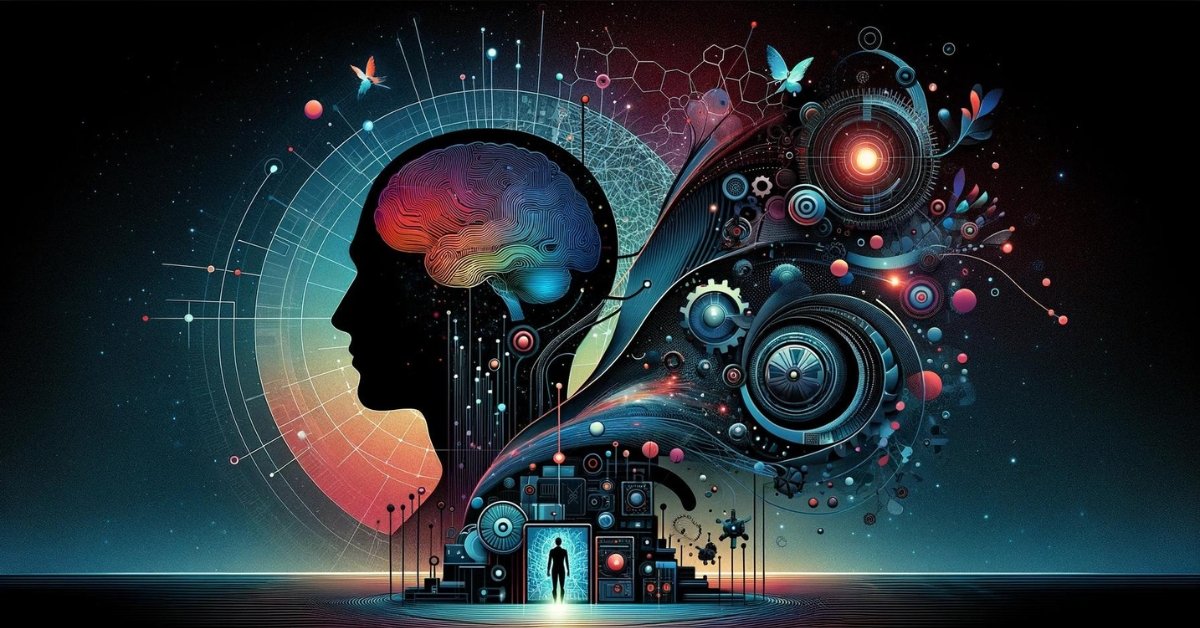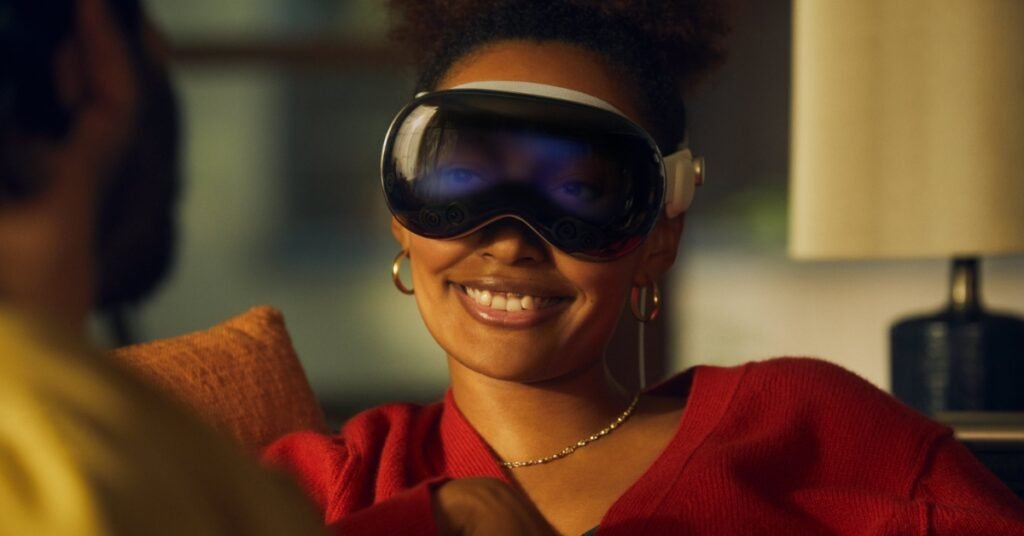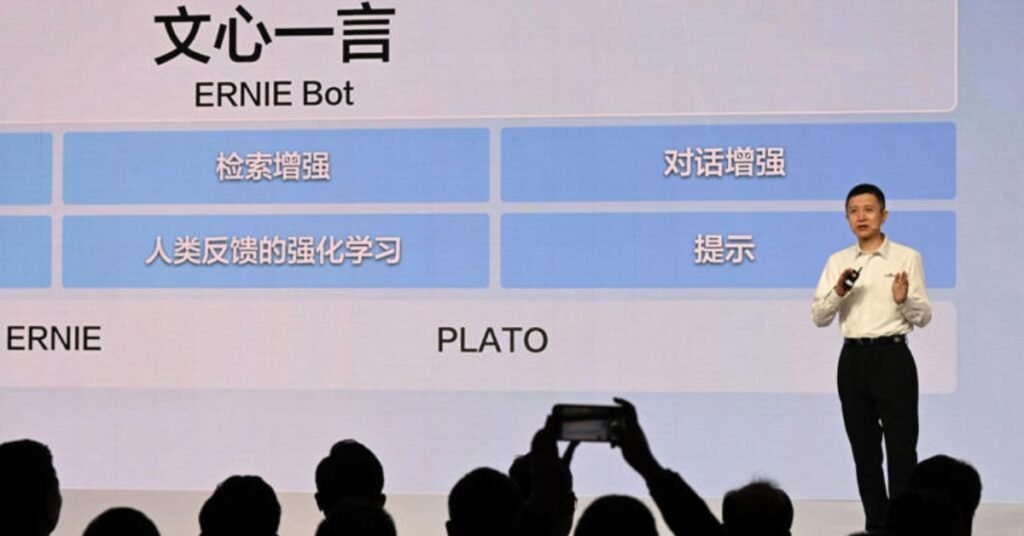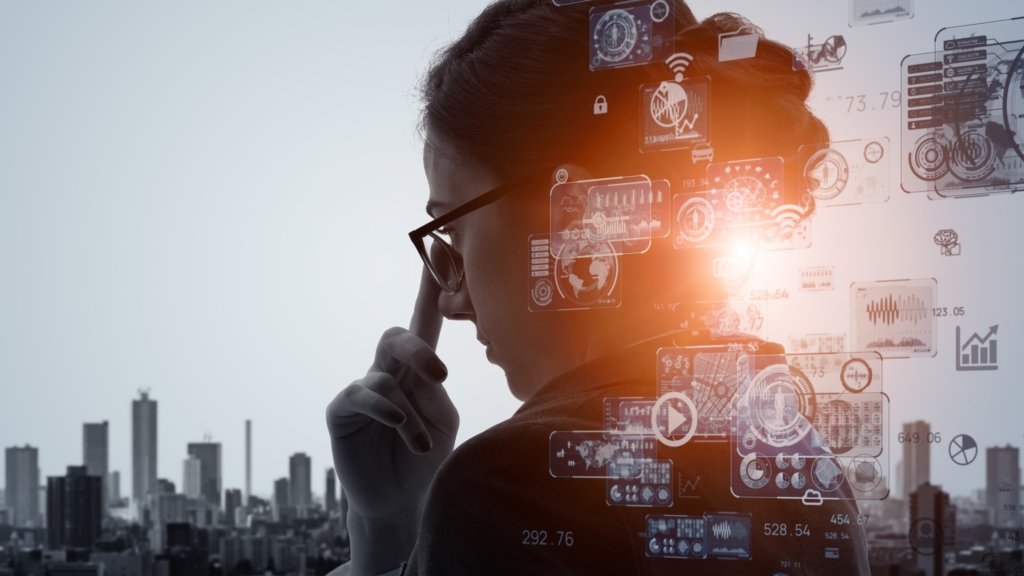Unpack the real story behind Japan’s breakthrough in dream-recording technology. Dive into what is truly possible and what remains a dream in this exciting scientific advance.
Dream Recording Technology
In an age where technology continues to blur the lines between reality and fiction, a fascinating development from Japan has captured the world’s imagination.
Scientists in Japan have reportedly taken a monumental leap forward by creating a machine that can record dreams, a concept that seems lifted straight from a science fiction novel.
However, as intriguing as it sounds, it is essential to sift through the excitement to understand what has genuinely been achieved and what remains within the realm of fantasy.
The Essence of the Claim
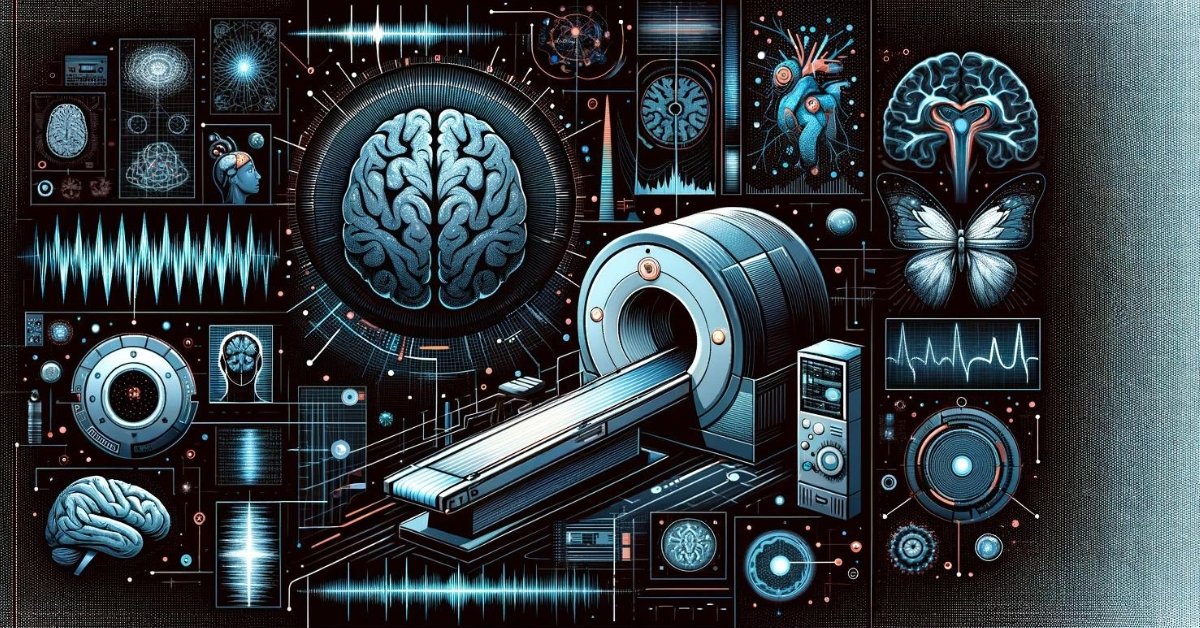
Rumors have swirled around the idea that Japanese researchers have invented an MRI machine capable of capturing our dreams, allowing us to watch them back as if they were movies.
This claim sparks visions of us sitting back, popcorn in hand, ready to watch the replay of our nocturnal adventures.
However, how much of this is rooted in reality?
Separating Fact from Fiction
The Truth:
Back in 2013, a group of Japanese scientists presented a pioneering study.
Their research involved using functional magnetic resonance imaging (fMRI) to monitor brain activity linked to seeing specific objects when subjects were awake and asleep.
This method captured brief images that reflected the subjects’ brain activity during dreams.
The Misconceptions:
Contrary to the viral social media posts, the output of this research is different from the movie-like experience many have been led to believe.
Instead of a continuous narrative or storyline, the technology generates a sequence of still images.
These images, pieced together through machine learning, offer glimpses into the dream’s content, but not in the cinematic format many hope for.
A Closer Look at the Methodology
The research team’s approach, detailed in the respected Science journal, is based on a neural decoding technique.
This involves using machine learning to match specific brain activity patterns with objects observed in subjects awake and dreaming.
The researchers worked with a small group of participants to get these results, tracking their brain activity through Functional MRI (fMRI) and electroencephalogram (EEG) tests.
The EEG was crucial in determining the exact moment to wake participants, triggered by detecting dream-state brain activity.
Understanding the Impact and Boundaries
This groundbreaking study has significantly advanced our understanding of how dreams manifest visually in the brain and the potential for capturing these moments.
However, the technology is still in its infancy, offering snapshots rather than a full-fledged movie of our dreams.
Wrapping Up: A Balanced Perspective
While the notion that Japanese scientists have created a dream-recording machine holds a grain of truth, it is intertwined with misunderstandings about the technology’s capabilities.
Although we are not yet at the point of watching our dreams on screen like a film, this innovation opens new doors for exploring the mysterious world of dreams, reminding us of the fine line between the achievable and the aspirational in the journey of scientific discovery.
